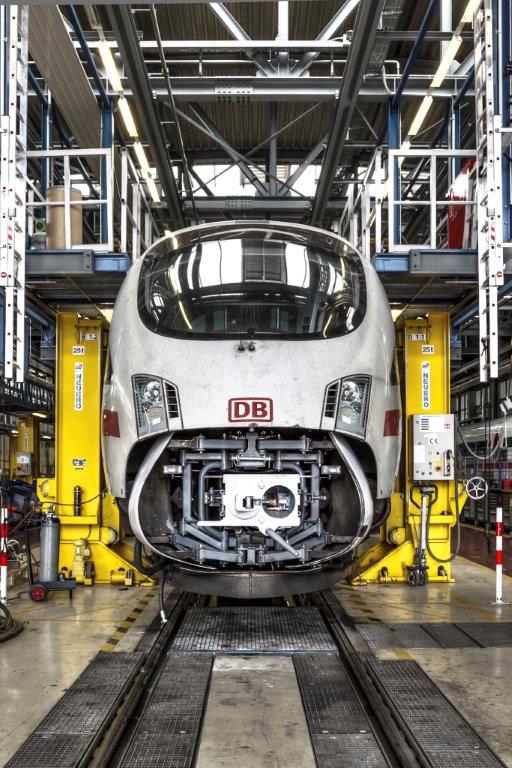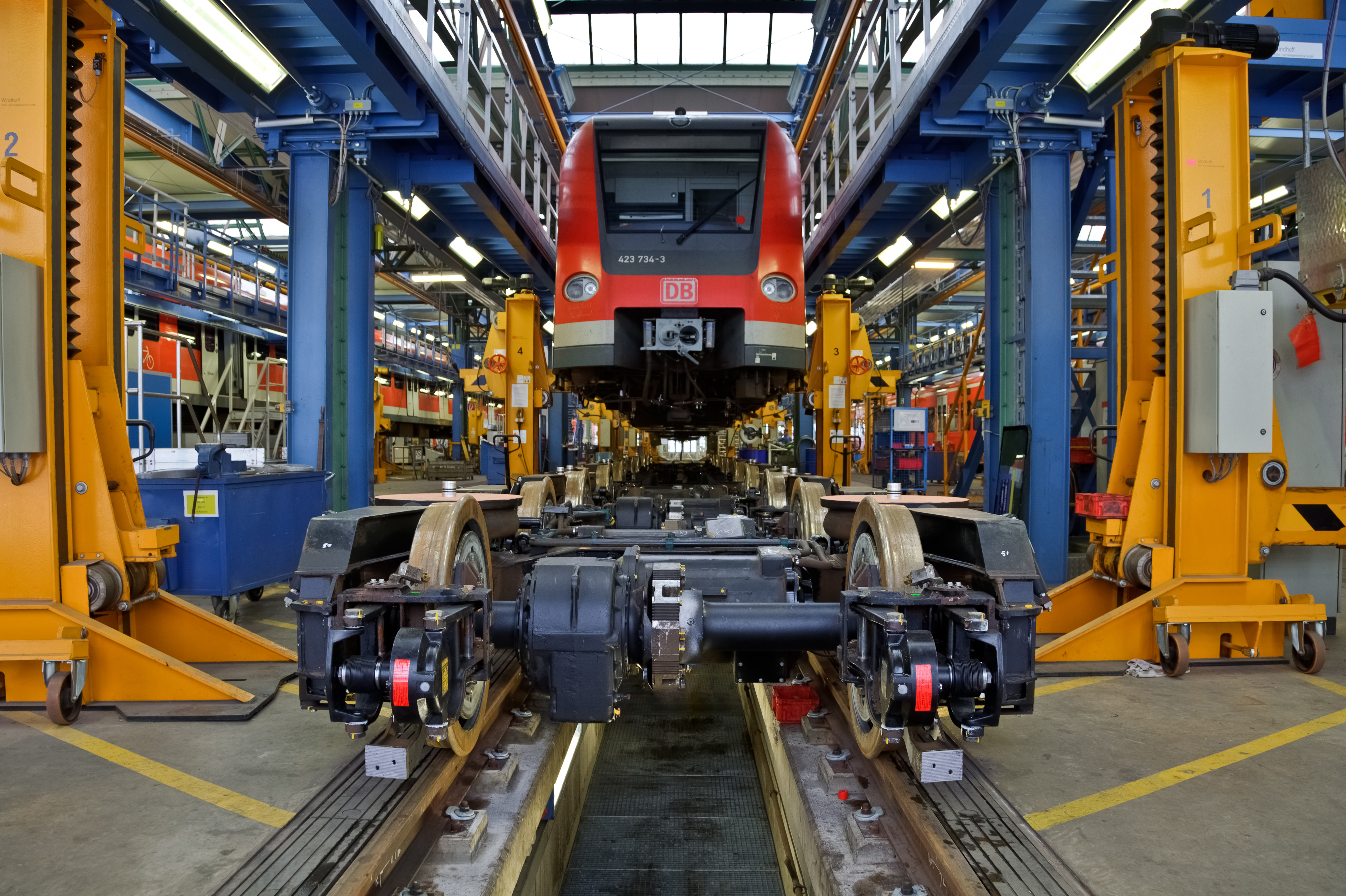Many components in trains that were previously screwed or welded together are nowadays held together with adhesives. To ensure that the trains always arrive safely at their destination, Uwe Berger supervises each step of adhesive bonding work at DB Fahrzeuginstandhaltung GmbH in Werk Krefeld. He is the supervisor in charge (SIC) of adhesive bonding work at the company.
Adhesive bonding in rail vehicle manufacture


A white ICE train races across Germany from Cologne to Frankfurt. Three hundred tonnes of aluminum and hundreds of tonnes of glass are connected to each other over a length of 200 meters. The materials must be able to withstand high train speeds: Vibrations pass through the whole rail train and in particular put stress on joints such as those between glass and the railcar body. Nothing must come loose or fracture – the work of Uwe Berger and DIN 6701 ensure this. That standard lays down the state-of-the-art for the manufacture of effective bonded joints on rail vehicles and is now accepted worldwide.
From welding to adhesive bonding
A few years ago trains were screwed and welded steel constructions, now they are streamlined and much lighter. Glass, plastics, and lightweight metals are bonded together for rail vehicle manufacture. Uwe Berger's job has drastically changed. His career started in welding technology but he has now switched to modern technologies. When the trains began to get lighter and faster he became more and more involved in adhesive bonding technology. "Switching from crystalline metal structures to polymer chemistry was difficult", explains Berger about his career path. Support came from Fraunhofer IFAM and its Training Center for Adhesive Bonding Technology. Amongst other things the Bremen Bonding Days helped him expand his knowledge of adhesive bonding, including in other sectors of industry. At the DB Advisory Center for Adhesive Bonding technology Uwe Berger now ensures with his colleagues that all Deutsche Bahn (DB) workshops meet the requirements for certification in accordance with DIN 6701.
The qualifications of his team meet internationally recognized DVS®/EWF guidelines, as awarded by the Training Center for Adhesive Bonding Technology at Fraunhofer IFAM. In order to prepare suitable training material and concepts for adhesive bonding, and also fiber composites, field research is first of all carried out. To ensure that the training covers relevant topics, even for the employees of DB Fahrzeuginstandhaltung GmbH, the components, training venue, and working processes are observed and evaluated. The qualifications acquired in the DVS®/EWF courses enable, for example, not only easy stone impact repairs to the front hatches of trains to be undertaken in a rapid and timely way. Complex scenarios involving difficult geometries or difficult accessibility are also considered.
Regular audits provide assurance
In order to certify an organization in accordance with DIN 6701 a company audit must be carried out. In Germany there are only two-called Certification Bodies who are permitted to issue such a certification. One of these is TBB Cert GmbH, a spin-off of Fraunhofer IFAM in Bremen. After a successful audit, a company is certified in accordance with DIN 6701 for three years. This certification is recognized by the Federal Railway Authority (FRA). The certification differs depending on the nature of the work that is carried out. In accordance with DIN 6701 the work is split into safety classes. For example, the bonding of glass on the front mask of a train represents the highest safety class (A1). In contrast, bonded joints having no safety requirements are classified in the lowest safety class (Z). A monitoring audit during the term of certification ensures that quality standards are maintained during the three year period. Once the certification lapses the organization/company must re-apply for certification. During the whole certification period Uwe Berger conducts regular internal audits, checks that the knowledge and skills of the employees meet the requirements, and if necessary sends personnel on DVS®/EWF training courses. These courses are offered by Fraunhofer IFAM both nationally and internationally.
